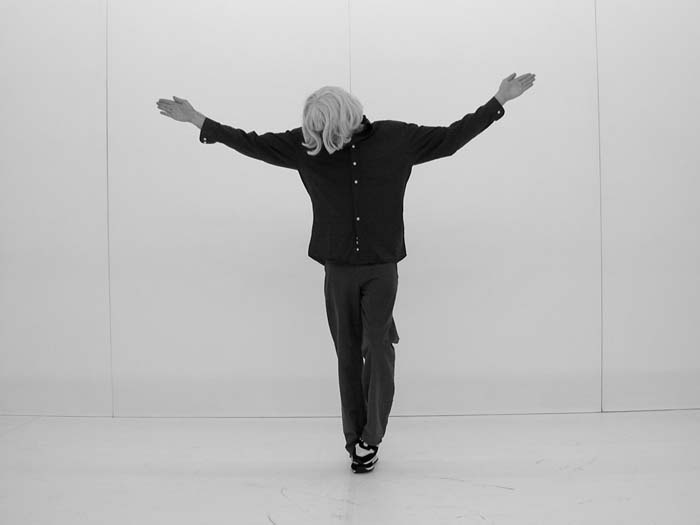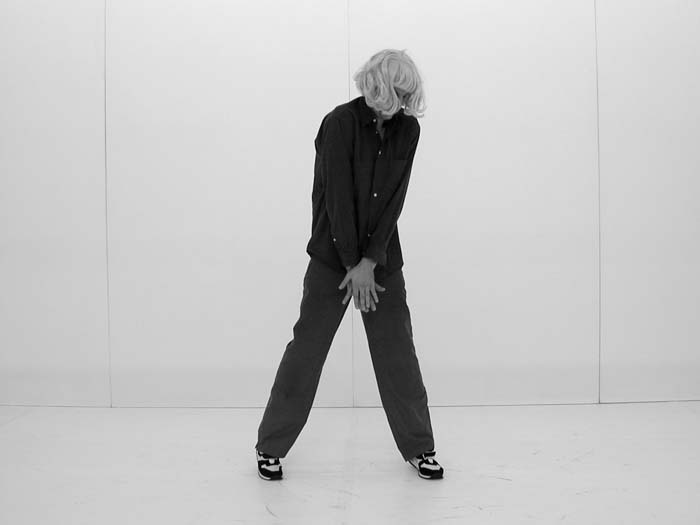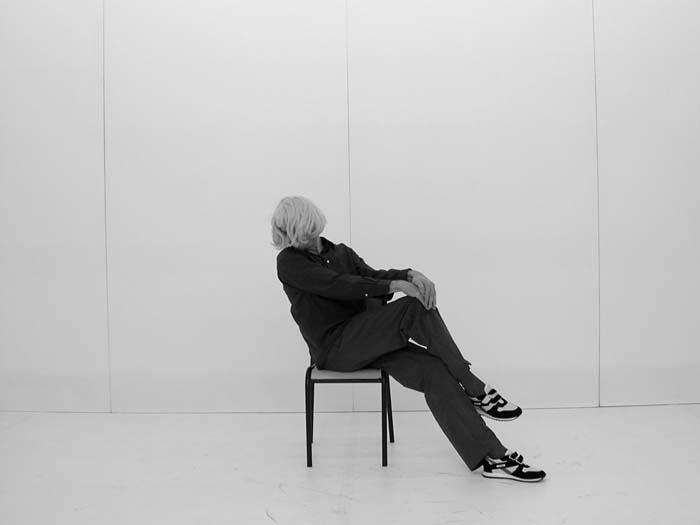
Frankfurter Allgemeine Zeitung
12.2.2001
Gerald Siegmund
Le dernier spectacle, in 1998, was supposed to have marked his farewell to the world of dance after just three personal creations. It was meant to have been his last piece, but no such doing. Yet how is one to continue, when one has chosen to pull out, programmatically speaking, as the theme of the show, which ended up leaving the choreography to the spectator?
The French choreographer Jérôme Bel’s piece consisted of a four-fold repetition of the overture sequence from Susanne Linke’s solo Wandlungen. For the fifth reprise, he had the dancer disappear behind a black curtain, letting the audience complete the choreography by drawing on their memory. Nevertheless, Jérôme Bel came up with a device to keep on going. He asked his colleague Xavier Le Roy to develop a choreography in his vein and with his dancers, which he then signed, the way an artist signs a painting. The choreography is called Xavier Le Roy — the name of the artist who has been appropriated, and who has carried out another’s concept. But it is Jérôme Bel who claims authorship.
Jérôme Bel’s pieces always involve an ironic play upon the notion of author. In his works, the author is no longer an autonomous creator, constantly making art out of nothing, a myth that keeps clinging to French dance milieus, after the creative explosion of the 80’s. With a nod at Roland Barthes’ semiotics, the name Jérôme Bel — the author’s signature which became the title of the second piece — serves as a discursive field, in which different codes, stemming from all conceivable cultural domains, get intertwined. The author’s name thus turns into an empty form, spread like a second body around the choreographer’s biological body. With its particular stamp, Jérôme Bel is a choreographic body that other artists can connect to, such as Xavier le Roy, in order to spark off a production that stands fiercely opposed to modernist demands that movement be original and singular.
In their works, Bel and Le Roy are deliberately linked to 60’s minimalist art. They thus claim for dance something that had found its way into fine arts at least since Marcel Duchamp, Andy Warhol’s «Factory», as well as the works of Sol LeWitt, Charles Ross, and Robert Morris: a work’s concept taking priority over its implementation and uniqueness. The radical choreographic experiments of the 60’s, precisely developed in collaboration with visual artists, are again a springboard in an altered social environment: as dancer or choreographer, whose material is the body in its beauty, strategies are bred that oppose our mass culture of beautiful bodies and of media’s flood of images.(…)
Extraído de: http://www.xavierleroy.com/page.php?sp=54e59ecc36602be4e50bbc961458fc724e63011a&lg=en





